How emotion wheels were discovered?
In daily life, we will have different emotions when interacting with the outside world, and we will also be dominated by these emotions. Every choice you make, every action you take, and the way you view things is affected by emotions. Emotions have always been a topic studied in psychology, and there are various theories on the classification and explanation of human emotions in psychology.
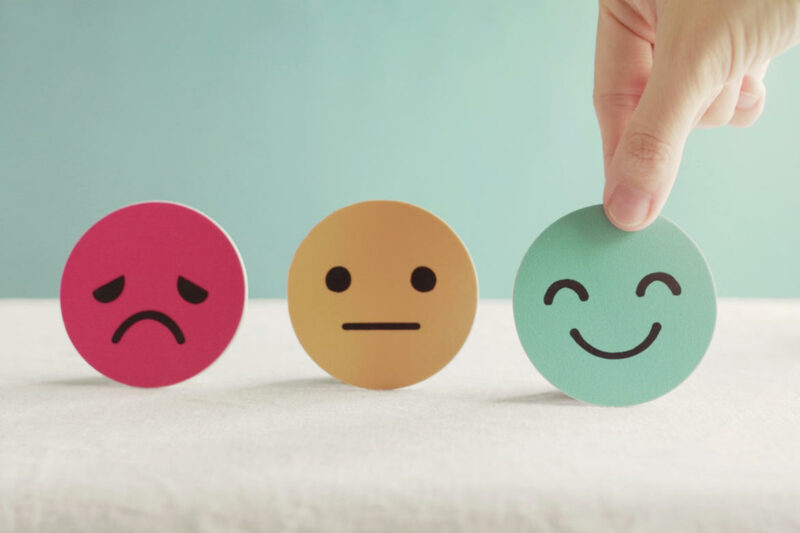
In the 1970s, psychologist Paul Eckman identified six basic emotions. He believed that these emotions were universal in all human cultures and included: happiness, sadness, disgust, fear, surprise, and anger. He later expanded the list of basic emotions to include pride, shame, embarrassment, and excitement.
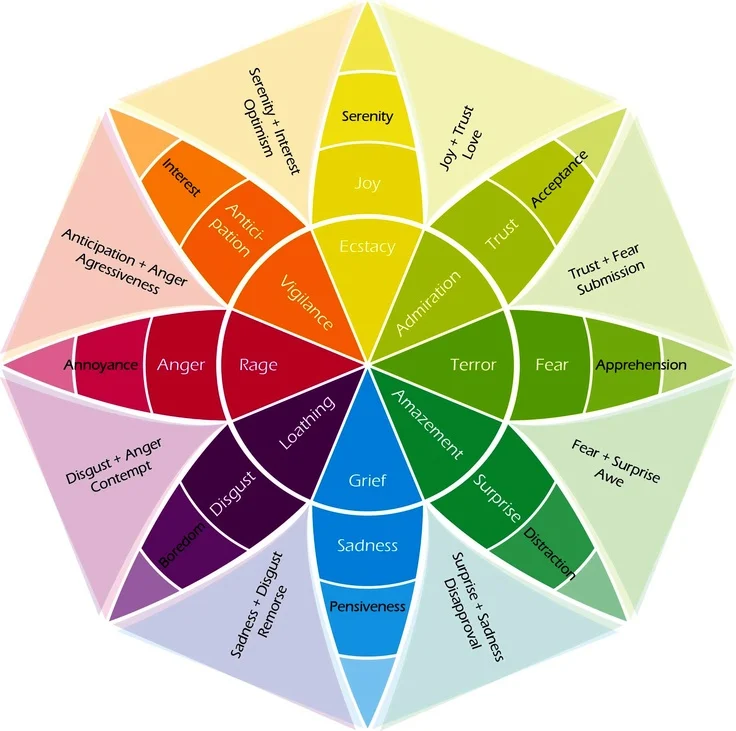
Psychologist Robert Plutchik proposed a theory of “emotion wheels,” which suggests that basic emotions can create different feelings, just as basic colors can be mixed to create other hues.
The occurrence and expression of other emotions
According to emotion wheels, basic emotions are like building blocks. More complex mixed emotions are more like a mixture of basic emotions. For example, happiness + trust = love. Next, let’s look at the “6 basic emotions” of emotion wheels and their impact on behavior.

Happiness
Happiness is usually defined as a pleasant emotional state, and it is also my favorite among emotion wheels. It is characterized by contentment, pleasure, and happiness. Since the 1960s, there has been a marked increase in research on happiness in many disciplines, particularly in the field of positive psychology. This emotion is usually expressed by:
- Facial expression: such as smiling
- Body language: such as relaxed posture
- Tone: upbeat, cheerful way of speaking

Although happiness is considered one of the basic human emotions in emotion wheels, the definition of happiness is often heavily influenced by culture. For example, popular culture places more emphasis on acquiring something, such as buying a house or having a stable job with a high income. In reality, happiness is much more complex and more personal.

Happiness and health have long been thought to be linked, and many studies support the important role happiness plays in physical and mental health. In addition, happiness has been linked to a variety of outcomes, including longevity and marital satisfaction.
Conversely, unhappiness is associated with a variety of adverse outcomes, including stress, anxiety, depression, loneliness, reduced immunity, increased inflammation, and shortened lifespan.

Sad
Like other emotions, sadness is something that everyone experiences from time to time. It is characterized by disappointment, sadness, hopelessness, disinterest and low mood. In some cases, a person may experience prolonged and severe sadness, which may develop into depression. Grief can be expressed in many ways, including:
- Cry
- Depression
- Drowsiness
- Quiet
- Quit social media

The type and severity of sadness vary depending on the underlying cause, and everyone copes with the feeling differently, so emotion wheels, even if they specify the type of emotion, cannot predict how a person will behave. Grief often causes a person to adopt coping mechanisms such as avoiding others, self-medicating, and ruminating on negative thoughts. These behaviors, in turn, can increase feelings of sadness and prolong its duration.

Fear
Fear is a powerful and important emotion that plays a major role in survival. When a person faces some kind of danger or experiences some kind of fear, this triggers the body’s “fight or flight” response. This response helps ensure response to threats in the environment and its emotional expressions include:
- Facial expression: wide eyes and pulled back chin
- Body language: trying to hide or evade a threat
- Physiological response: rapid breathing and heartbeat
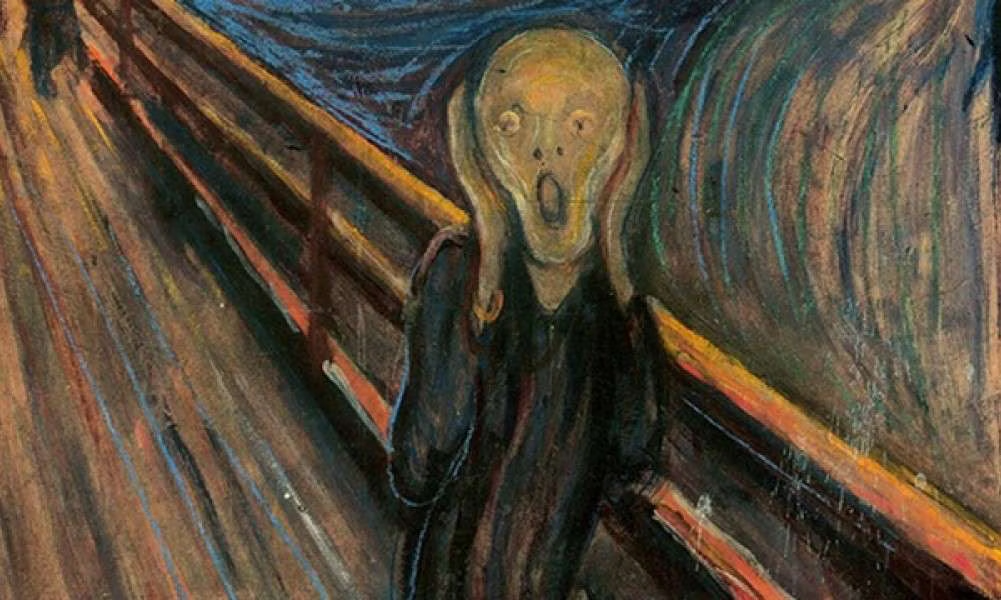
Everyone experiences fear differently, and some people are more sensitive to specific situations or objects that are more likely to trigger their fear. On the other hand, some people enjoy situations and things that bring fear to them, such as extreme sports and haunted houses. Repeated exposure to the feared object leads to familiarity and adaptation, which also reduces feelings of fear and anxiety.
This is also the idea of exposure therapy, in which a person is gradually exposed to a fear in a controlled and safe way. Eventually, the fear will lessen.

Disgust
Disgust is one of the six basic emotions originally described by emotion wheels and is expressed through:
- Body language: stay away from the object of disgust
- Physical reaction: vomiting or retching
- Facial expression: Wrinkled nose and curled upper lip

Disgust can come from many things, including taste, sight, or smell. This emotion also evolved as a reaction to harmful or deadly plants. A typical reaction is disgust when a person smells or advocates spoiled food.
Poor hygiene, infection, blood, decay, and death can also trigger disgust. This is also the body’s way of avoiding and carrying communicable foods. A person also experiences moral disgust when he or she observes behavior that is objectionable, immoral, or evil.
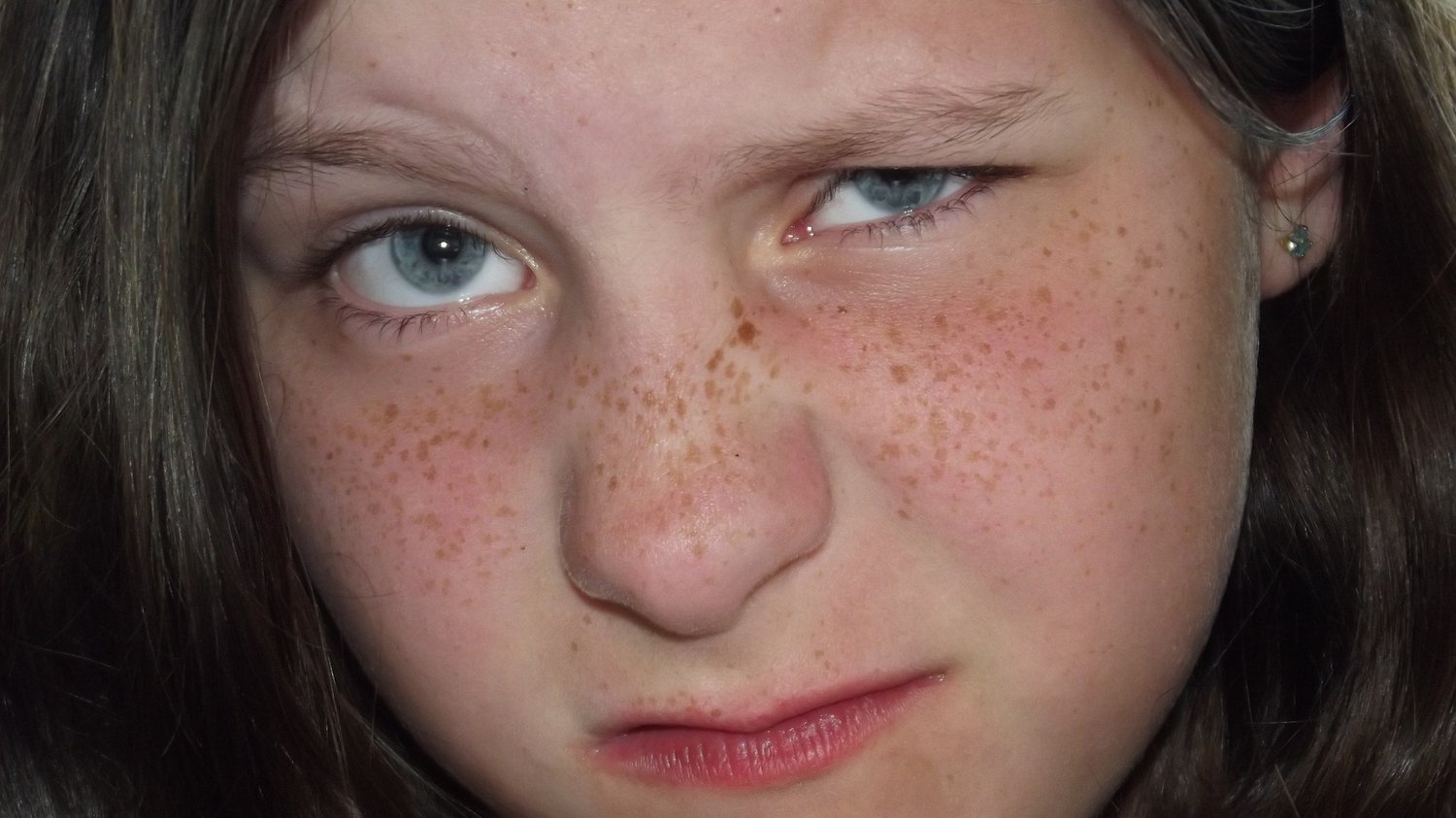
Anger
Anger is a particularly intense emotion characterized by hostility, agitation, frustration, and hostility toward others. Like fear, anger also plays a role in the body’s fight or flight response. When a threat creates anger, the body tends to avoid danger to protect itself.
- Anger often manifests itself in the following ways:
- Facial expression: frown or glare
- Body language: Take a strong stance or turn away
- Tone: speaking rudely or yelling
- Physiological reaction: sweating or turning red
- Aggressive behavior: hitting, kicking, or throwing objects

While anger is often considered a negative emotion, sometimes it can be a good thing. It can help you clarify boundaries in your relationships and inspire you to take action in distressing situations.
But it can become a problem when anger is expressed in ways that are unhealthy, dangerous, or harmful to the other person. Uncontrolled anger can turn into aggression, abuse, and even violence. It is often difficult for people to make rational decisions under such circumstances, which may even affect their own health.

Anger is linked to coronary heart disease and diabetes, as well as behaviors that pose health risks, such as aggressive driving, drinking, and smoking.
Surprise
Surprise is one of the six basic emotions originally described by emotion wheels, a short-lived emotion characterized by the physiological brief startle response following an accident. This emotion can be positive, negative, or neutral. For example, when you are walking on the street and someone suddenly jumps out and scares you, this surprise may be unpleasant.

It’s a pleasant surprise when you come home and find your closest friends gathered together to celebrate your birthday. Surprises usually have the following characteristics:
- Facial expressions: such as raising eyebrows, widening eyes, opening mouth
- Physical reactions: such as jumping backwards
- Verbal reactions: such as yelling, screaming, or gasping

Surprise is also an emotion that can trigger the fight or flight response. When you are frightened, there is a surge of adrenaline hormones, which helps the body respond. Surprise can have an important impact on human behavior, and research shows that people tend to notice surprising events disproportionately.
This is why surprising or unusual events in the news tend to stick in memories. Additionally, people tend to be more easily swayed by surprising arguments, and we learn more when we are surprised.

Finally, I want to say
As with other concepts in psychology, there is no one theory that everyone agrees on on how emotions are classified, or on what they actually are. The emotion wheels theory is only one of the more famous ones, and there are various other types of theories. For example, some researchers propose that there are only two or three basic emotions; others believe that emotions exist in some kind of hierarchical structure.
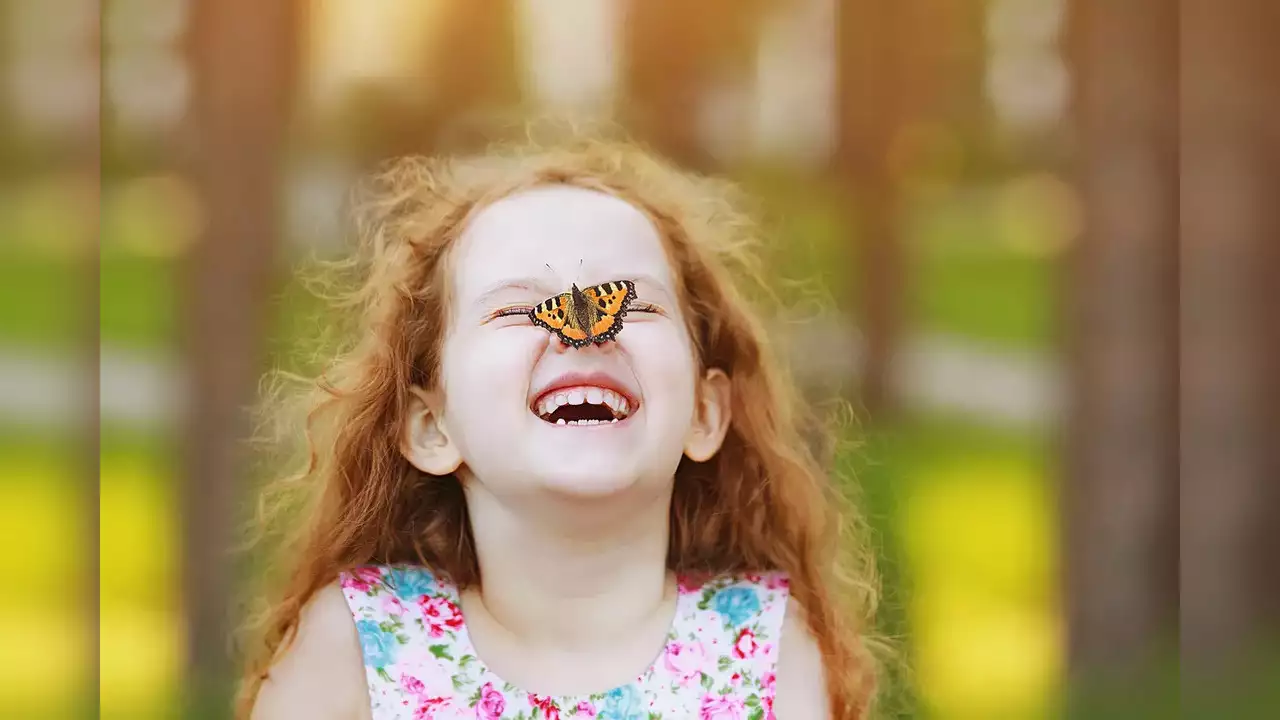
A 2017 study showed that basic human emotions go beyond emotion wheels. In a study published in the Proceedings of the National Academy of Sciences, researchers identified 27 different emotions and how people experience them in a ladder.
However, emotions play a vital role in our lives and influence the decisions we make in all aspects. What we need to do is gain a deeper understanding of our own expressions of these emotions and the impact on our own behavior.

No emotion is an island. Many of the emotions you experience are subtle and complex, and it is their existence that builds our rich and colorful emotional lives.
